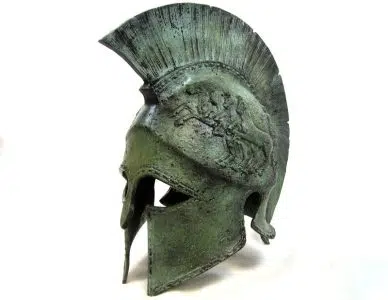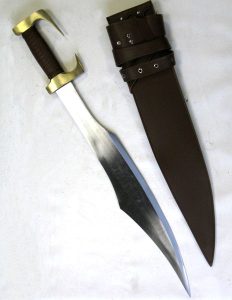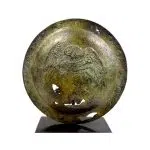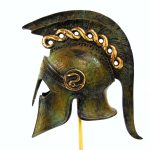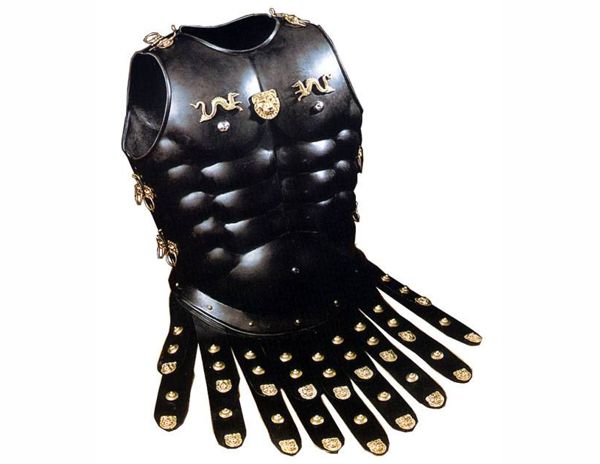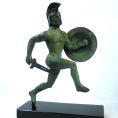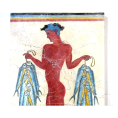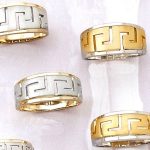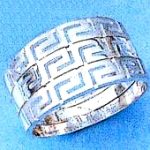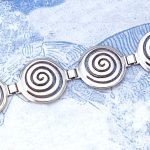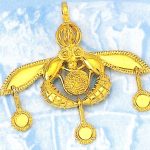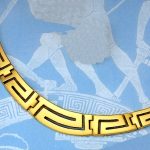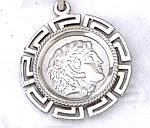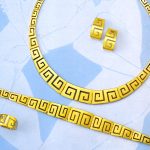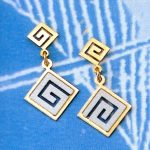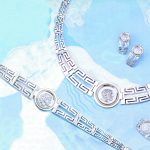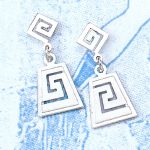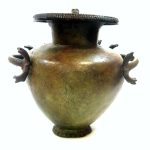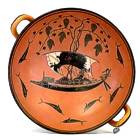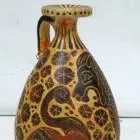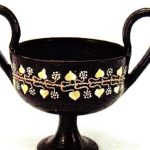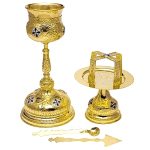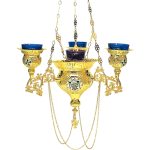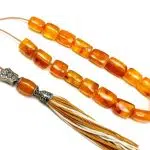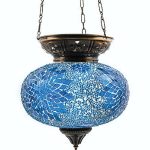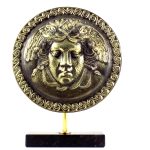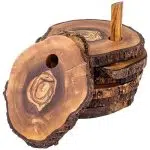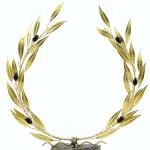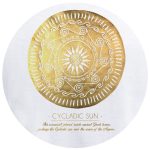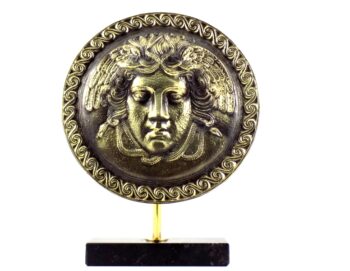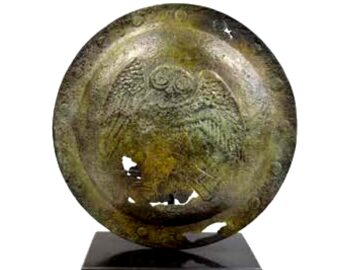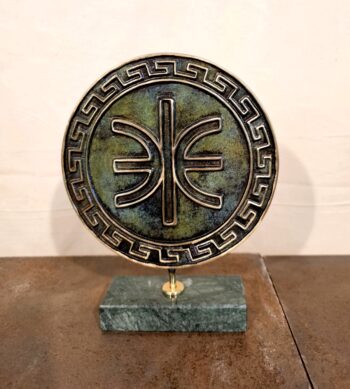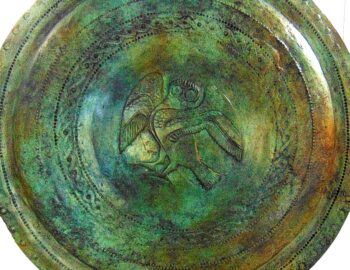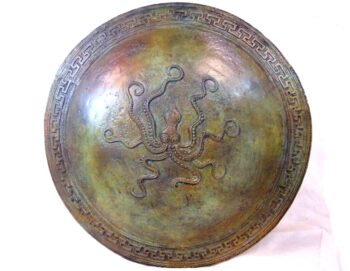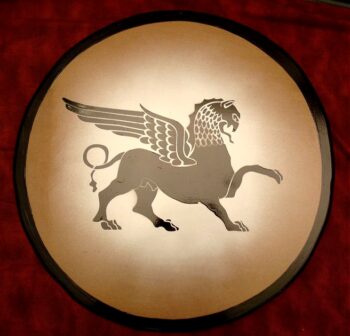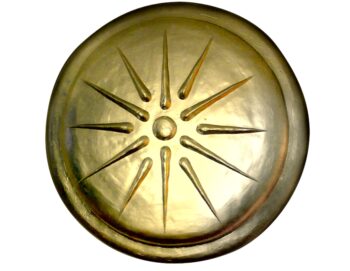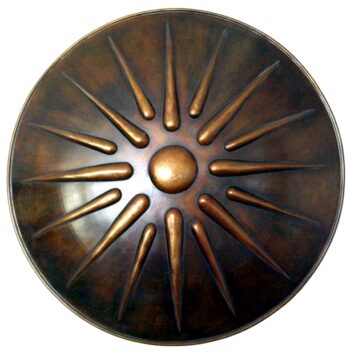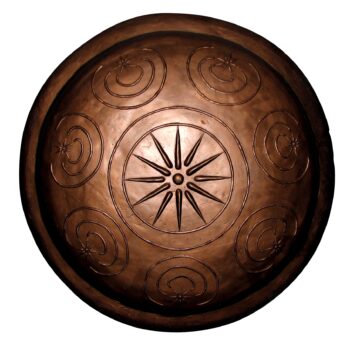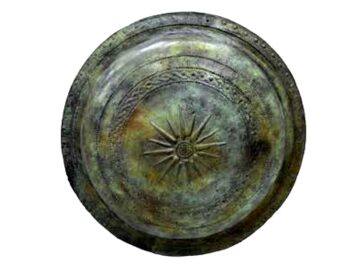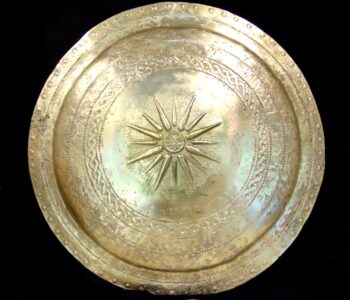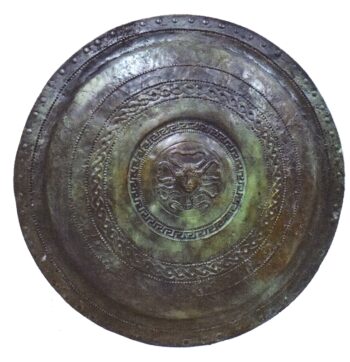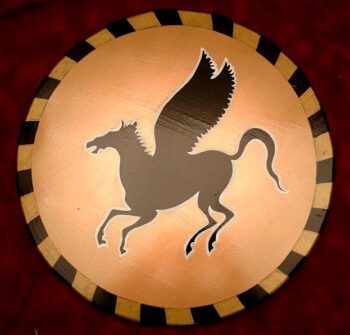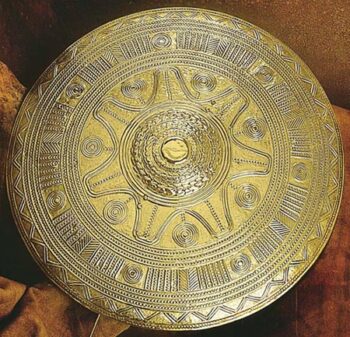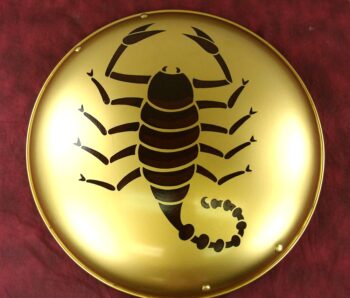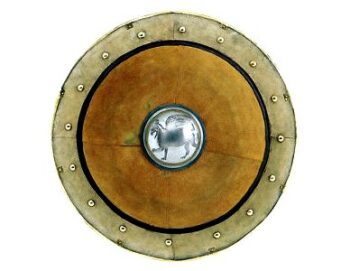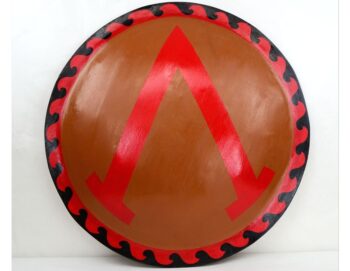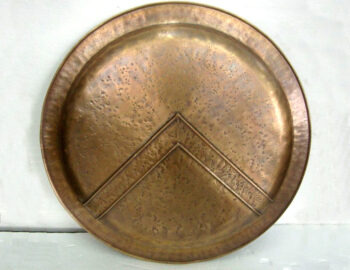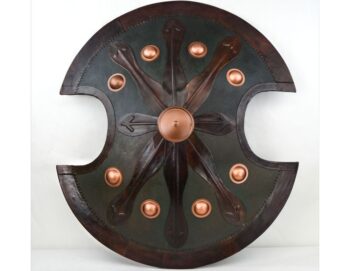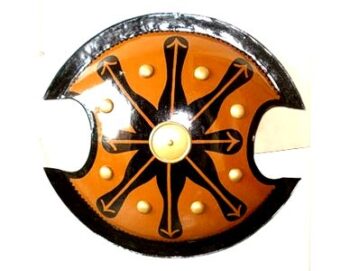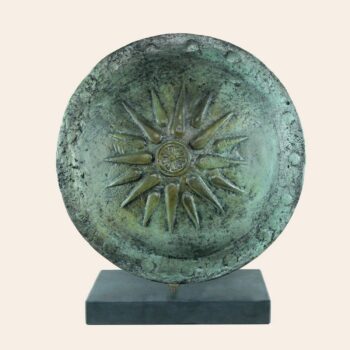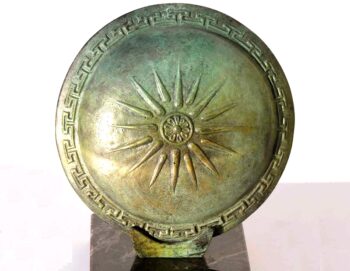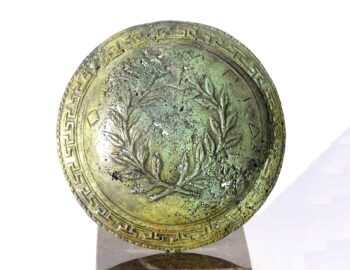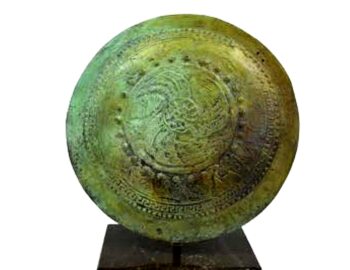This website uses cookies so that we can provide you with the best user experience possible. Cookie information is stored in your browser and performs functions such as recognising you when you return to our website and helping our team to understand which sections of the website you find most interesting and useful.
The Greek shield as the famous “hoplon”. The “Hoplite” phalanx and the “hoplite” received their name from it. The shield was such an important piece of the warrior’s armor, that identified with the reputation of the hoplite. If he was a coward fleeing from the battlefield, his shield was the first piece of equipment he got rid of. This type of heavy apparatus did not require any time-consuming effort to be released from the body, as was the case e.g., with the chestplate. Generally, the Greek shield was the way for the soldier to stay fully protected and to be as flexible as possible during the warfare.
The special meaning of Greek Shield in ancient times
Contempt and the social exclusion by his fellow citizens were the fate that awaited the "ripsaspis", the one who dropped his Greek shield. The Spartans in particular believed that the soldier had to return home either with his shield or lying dead on it carried by his fellow soldiers. This is apparent in the well-known saying of a Spartan mother, who delivered the shield to her hoplite son and urged him to come back to her with the words: "… with it (i tan) or on it (i epi tas)”.
In ancient times, the Greek shield was also known as "Argolian", apparently because it was invented or first introduced by the Dorians of Argos. Herodotus reports that the Cares invented this type of armor. It is likely that those were the first to make an early version of Greek ”Aspis” which the Argeians adopted and evolved in the classic “hoplon” shield.
Take a closer look to the special features of a Greek Shield
The Greek shield had a circular shape with a diameter of about 90 cm with a total surface area of 0.5-0.8 sqm. Bronze was the chief material used for it. An important characteristic of its shape was the curved outer surface on which the enemy’s arrows and other projectiles (javelins, stones, etc.) ricocheted.
The ending of its convex surface was a circular brass lamina, which covered its perimeter. Since this lamina was flat, it served to prevent the tips of the ricocheted projectiles from reaching the body of the warrior and injuring him.
The inner part of the perimeter of the Greek shield made it easier for the soldiers to hang it from their shoulders by the suspension straps during the long hours of marching.
The circular shape of Greek Shield: Reasons and significance
The circular shape of the Greek shield followed the movements of the arm that was holding it, because its round surface revolved around its center whatever the position of the arm or forearm. This way the shield did not leave any parts of the body of the warrior uncovered nor did it hinder his vision. The torso of the hoplite was almost fully enclosed by the hollow interior, effectively protecting him also from the sides. If the hoplite shield had a flat surface, then the fighter would be at risk from side blows.
Furthermore, the shape of the Greek shield allowed the soldier to keep the enemy away from his torso while at the same time enabling him to handle it efficiently to repel the attacks and the assault weapons.
The artistry of Aspis: Reflection of the owner’s taste
The emblem of the outer surface of the Greek shield was originally a personal choice of its owner, because each soldier used to buy and upkeep his equipment himself. The emblem could be of the genus or the family of the warrior or some mythological creature like the griffin or Gorgo, which was common among the Athenian hoplites, being one of the emblems of goddess Athena.
The uniform state symbol on the Greek shield (like the famous Lambda of the Spartans) was established towards the end of the 5th century B.C.
Inside the Greek shield there were suspension straps and handles used for support. When the hoplite was fighting, the reinforced brass buckle positioned in the center along the diameter of the shield served as a socket for his arm. At the same time, the soldier held the handle with his hand.
The evolution of Greek Shield: From hanging leather to abolition
Some hoplites who did not wear a total body Greek armour used to hang a piece of leather or a coarse cloth from the lower part of their Greek shield to protect the lower part of their bodies as well as their legs from injuries.
The Spartans used to remove the buckle when they weren't fighting. The purpose of this practice was to render the shield temporarily useless so that their slaves could not use it in case of a rebellion.
By the end of the 3th century BC, the round shield began to be replaced by the Macedonian copper peltes and by the Italo-Celtic scutum because of the new military tactics that prevailed. The Spartans were the last to abolish the shield in 226-222 BC together with the Greek hoplites of Sicily, Magna Grecia, Asia Minor and the Black Sea.
If you are interested in purchasing a Greek shield or any other type of armor such as Greek helmets , feel free to browse through the greek art shop of Hellenic Art and find what you are looking for!

